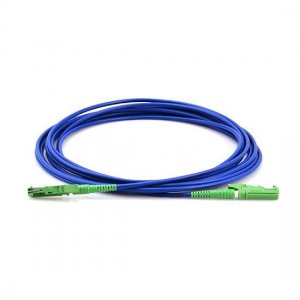Fiber Patch Cable: Essential Connectivity Solutions for High-Speed Networks

html
Fiber Patch Cable: Essential Connectivity Solutions for High-Speed Networks
In today’s fast-paced digital world, reliable and high-speed network connectivity is crucial for businesses and individuals alike. Fiber patch cables have emerged as a fundamental component in modern networking infrastructure, offering superior performance compared to traditional copper cables.
What is a Fiber Patch Cable?
A fiber patch cable, also known as a fiber jumper or fiber optic patch cord, is a short length of fiber optic cable with connectors on both ends. These cables are designed to connect optical devices in various networking applications, providing a seamless bridge between equipment.
Key Advantages of Fiber Patch Cables
1. High Bandwidth Capacity
Fiber patch cables support significantly higher bandwidth than copper cables, making them ideal for data-intensive applications and high-speed networks.
2. Low Signal Loss
With minimal signal attenuation over long distances, fiber patch cables maintain data integrity better than their copper counterparts.
3. Immunity to Electromagnetic Interference
Unlike copper cables, fiber optics are immune to electromagnetic interference, ensuring stable performance in electrically noisy environments.
4. Security
Fiber optic cables are more secure as they don’t radiate signals and are extremely difficult to tap without detection.
Common Types of Fiber Patch Cables
The two primary types of fiber patch cables are:
- Single-mode fiber (SMF): Designed for long-distance transmission with a small core diameter
- Multi-mode fiber (MMF): Ideal for shorter distances with a larger core diameter
Applications of Fiber Patch Cables
Fiber patch cables find applications in various settings:
Keyword: Fiber Patch Cable
- Data centers and server rooms
- Telecommunications networks
- Medical imaging systems
- Industrial automation
- Military and aerospace communications
Choosing the Right Fiber Patch Cable
When selecting a fiber patch cable, consider these factors:
- Required transmission distance
- Bandwidth needs
- Connector types (LC, SC, ST, etc.)
- Environment (indoor, outdoor, harsh conditions)
- Bend radius requirements
As network speeds continue to increase and data demands grow, fiber patch cables will remain an essential component in building reliable, high-performance network infrastructures. Their superior characteristics make them the preferred choice for mission-critical applications where performance and reliability are paramount.